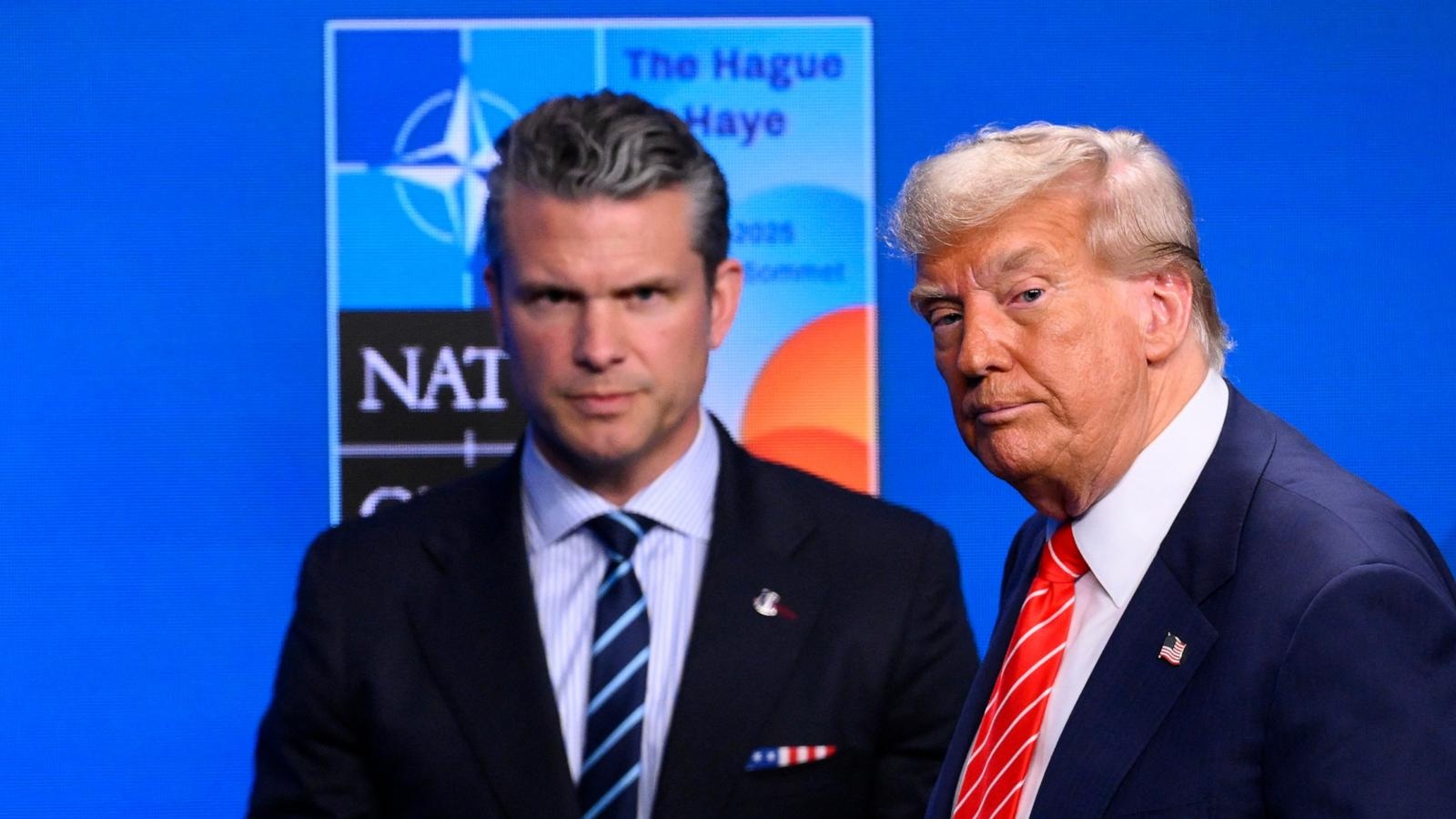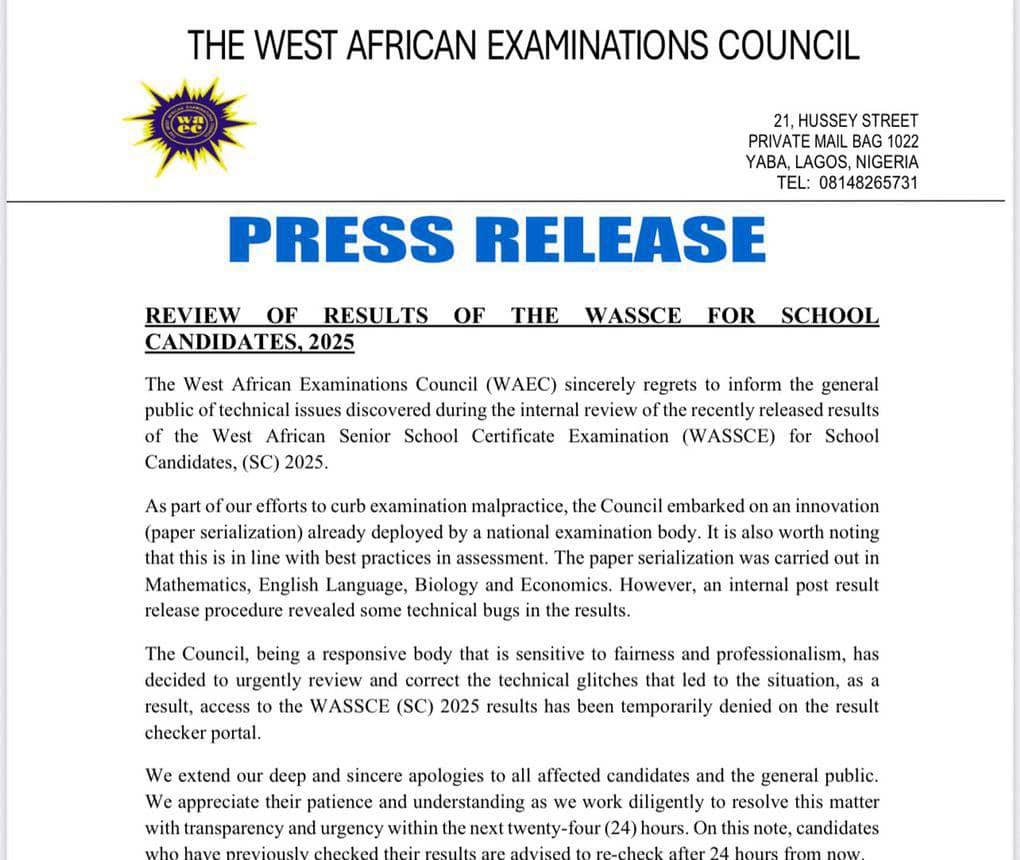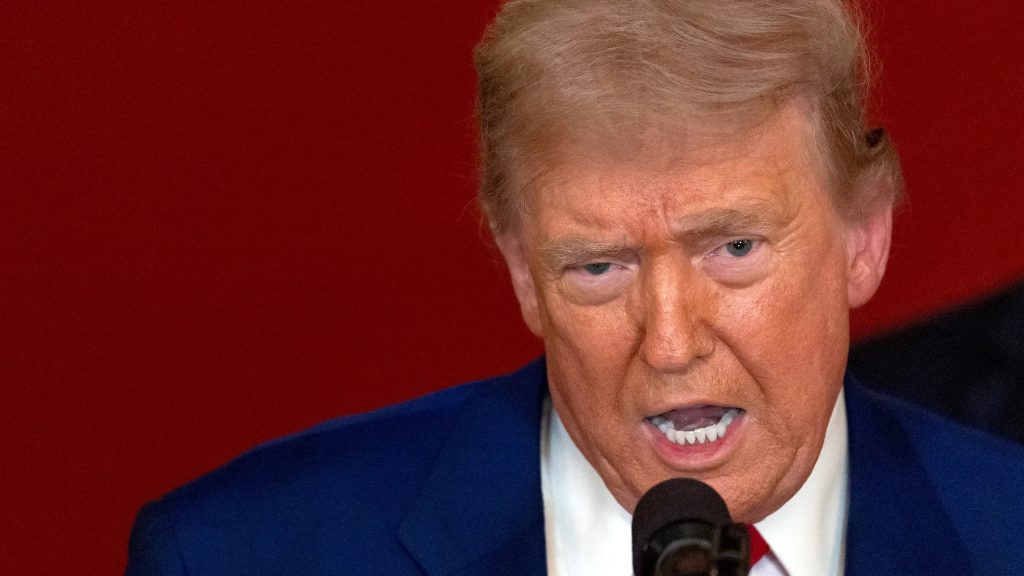News
Behind The Strikes: What The US Is Not Saying About Iran

The Trump administration on Wednesday, June 25, 2025, intensified its defense of the recent US airstrikes on Iranian nuclear facilities, citing fresh intelligence that supports their claims of a decisive and successful operation.
This stance came as officials pushed back against a leaked intelligence assessment suggesting Tehran’s nuclear program had only been delayed by a few months, online media sources report.
The dispute over the strikes escalated amid reports that the White House plans to restrict the sharing of classified information with Congress.
This was according to the Washington Post and the Associated Press.
President Donald Trump on Wednesday reaffirmed the effectiveness of the attack, stating it was “devastating” and had “knocked them for a loop.”
This appeared to soften his earlier remarks that the intelligence on the strikes’ impact was “inconclusive.”
Top Trump administration officials publicly dismissed a leaked initial report from the Defense Intelligence Agency (DIA).
The report had concluded that key elements of Iran’s nuclear program could be reactivated within months.
National Intelligence Director Tulsi Gabbard took to social media platform X, asserting that “new intelligence confirms” Trump’s assertion of a major blow to Iran.
“Iran’s nuclear sites have been destroyed. Should Iran attempt to rebuild, it would need to reconstruct all three major facilities—Natanz, Fordow, and Esfahan—from scratch, a process likely to take years,” Gabbard said.
CIA Director John Ratcliffe echoed this view.
Ratcliffe cited intelligence from a “historically reliable” source indicating that several critical Iranian nuclear sites were severely damaged and would require years to be operational again.
During a NATO summit news conference, Trump deferred to Defense Secretary Pete Hegseth, who accused the media of weaponizing the leaked DIA report to politically undermine the president.
“They want to spin this to make him look bad,” Hegseth said.
The fallout from the leaked report reportedly led the White House to consider limiting classified briefings for Congress.
A senior official told the Associated Press that the administration intends to tighten control over what information is shared with lawmakers.
This move sparked criticism from Democratic Senate Minority Leader Chuck Schumer.
Schumer said, “Senators deserve to be fully informed, and the administration is legally obligated to provide Congress with accurate information about ongoing foreign operations.”
Briefings originally scheduled for Tuesday were postponed, causing frustration on Capitol Hill. They have now been rescheduled for Thursday and Friday.
The leaked DIA report also revealed that much of Iran’s highly enriched uranium stockpile, used for nuclear warheads, was reportedly moved prior to the strikes, possibly relocated to secret sites within Iran.
The International Atomic Energy Agency (IAEA), the UN’s nuclear watchdog, confirmed it had lost “visibility” of some nuclear materials when hostilities erupted.
However, IAEA Director-General Rafael Grossi cautioned against assuming the material had been deliberately hidden.
“I don’t want to give the impression it’s been lost or concealed,” Grossi said in a French television interview.
The White House refuted claims that Iran moved uranium before the strikes.
Press Secretary Karoline Leavitt told Fox News the US had “no indication that enriched uranium was moved prior to the strikes,” calling such reports “false.”
She added that the nuclear materials are now “buried under miles and miles of rubble” following the successful air campaign on Saturday night.
The US military disclosed that it deployed 14 GBU-57 bunker-buster bombs, each weighing around 13,600 kilograms (30,000 pounds), targeting three nuclear sites.
Since the operation, Trump has repeatedly described the sites as “obliterated.”
The White House also highlighted Israeli statements claiming Iran’s nuclear ambitions had been delayed by years.
On the other hand, Iranian officials acknowledged significant damage to their nuclear infrastructure.
On Wednesday evening, Trump announced that Defense Secretary Hegseth, whom he nicknamed the “war secretary”, would hold a press conference the following morning to “fight for the dignity” of American B2 bomber pilots involved in the strikes.
Trump said the pilots were upset by what he called “fake news” minimizing the impact of the operation.
As debate continued over how much Iran’s nuclear program had been set back, diplomatic efforts aimed at preventing Tehran from rebuilding gained momentum.
Trump indicated that US and Iranian officials would soon resume dialogue, which had been disrupted by nearly two weeks of conflict. Yet, he suggested that reaching an agreement might be unnecessary.
“I don’t care if I have an agreement or not,” Trump said. “Iran is too damaged to rebuild their program.
“They’ve had it.”
The IAEA dismissed what it called an “hourglass approach” of focusing on how many months or years Iran would need to rebuild, warning it detracts from the urgent need for a lasting resolution.
“Technological expertise and industrial capability remain intact,” Grossi said.
“Our priority is to have inspectors return to Iran’s nuclear sites so we can properly assess the situation.”
Meanwhile, inside Iran, authorities have shifted focus from ceasefire talks with Israel to a widespread internal crackdown.
This includes mass arrests, executions, and military deployments, according to officials and activists.
Iran’s intelligence services announced they arrested 26 people accused of collaborating with Israel, state media Fars News Agency reported.
Although many hoped the recent military campaign would spark a popular uprising against the regime, there is so far no significant sign of mass protests, despite public frustration with the government.
For Diaspora Digital Media Updates click on Whatsapp, or Telegram. For eyewitness accounts/ reports/ articles, write to: citizenreports@diasporadigitalmedia.com. Follow us on X (Fomerly Twitter) or Facebook












